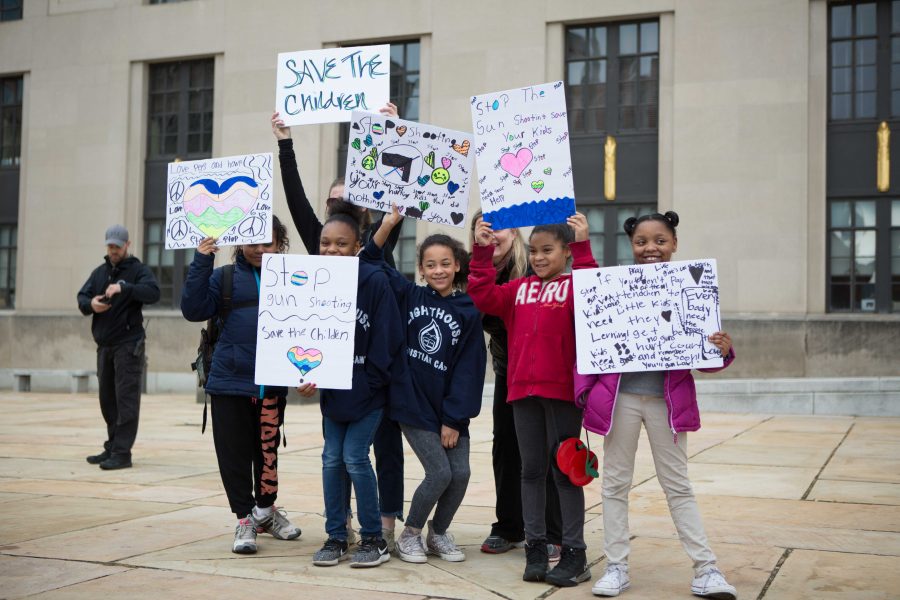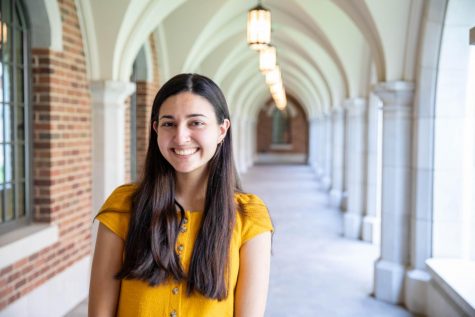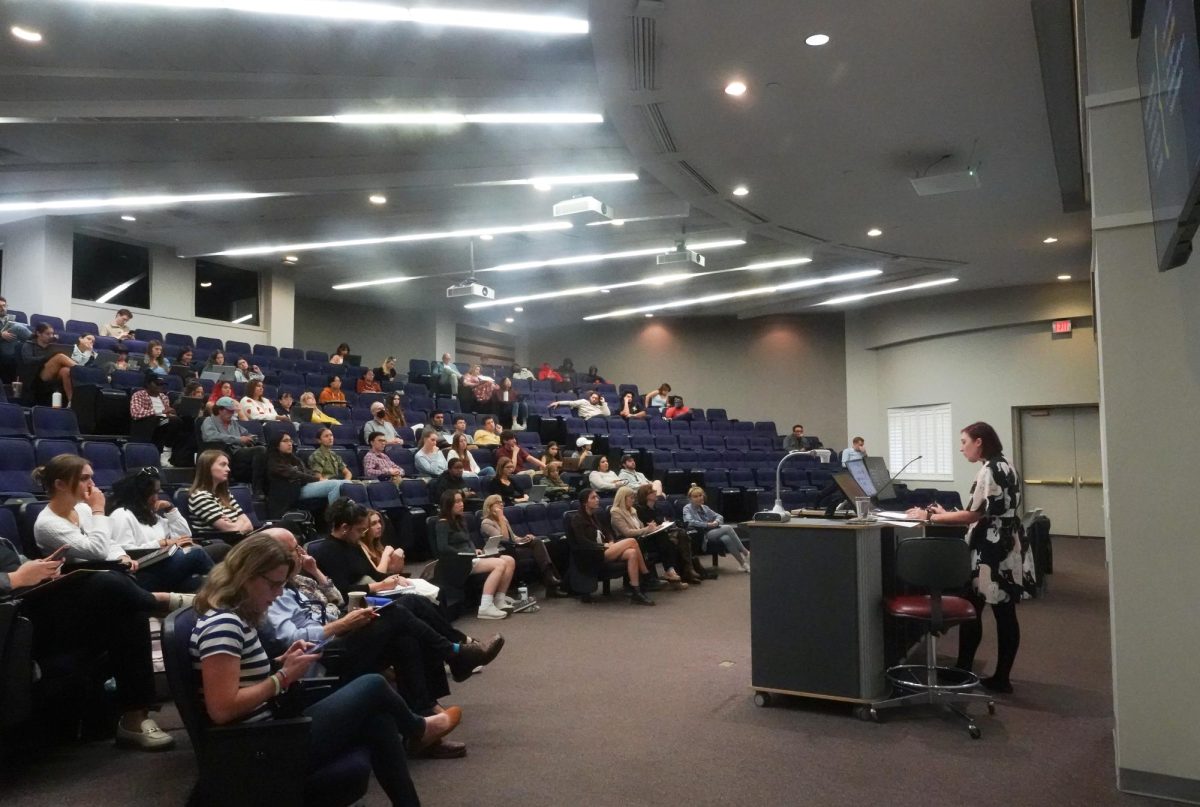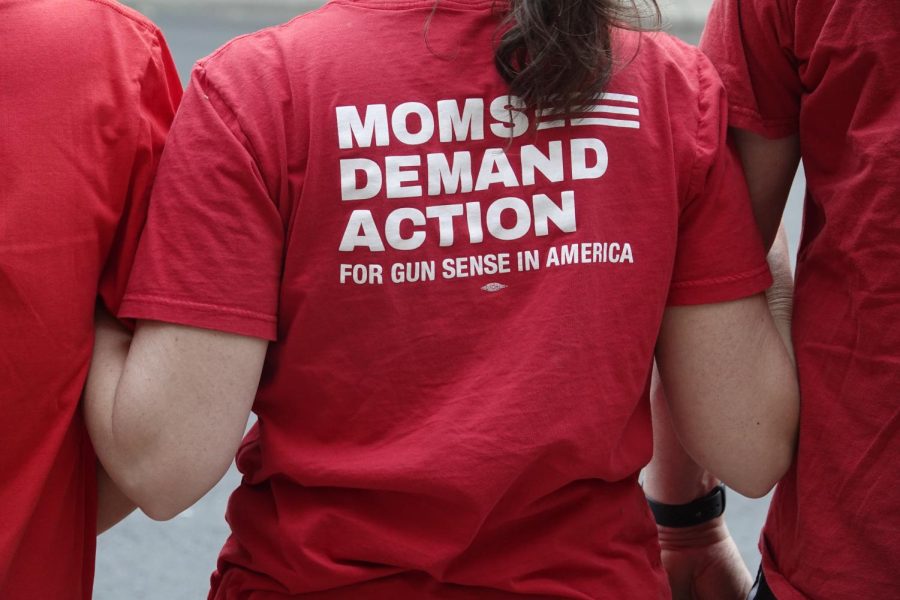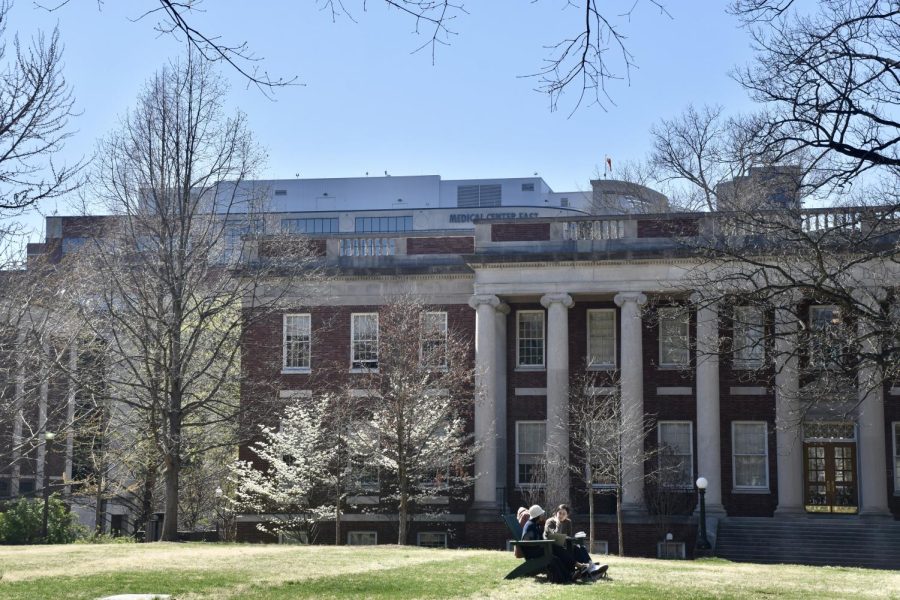A bill permitting arming certain teachers in schools passed the House Civil Justice Committee last Tuesday in an 8-3 vote in the Tennessee House of Representatives after passing the subcommittee at the end of February.
The bill would allow schools to adopt a policy allowing certain teachers to carry concealed weapons. One teacher could be armed for every 75 students, and teachers would have to receive and uphold a handgun license, as well as complete 40 hours of training prior to certification and 16 hours annually. Schools would not be mandated to arm teachers, rather school administrators would be given the option to select certain teachers. An amendment added to the bill in Committee stipulates that the presence of School Resource Officers (SROs) replaces the need to arm teachers.
Author of the bill Rep. David Byrd intended to address the lack of funding for SROs, who are trained police officers currently employed in protecting 40 percent of Tennessee’s public school students. While Nashville schools have adequate funding to provide SROs, schools in Byrd’s district do not, and the bill is an attempt to eradicate the inequality of security forces, Catherine McTamaney, Senior Lecturer and Director of Undergraduate Studies, Department of Teaching and Learning said.
“This bill is to get the attention of the administration to get them to fund our schools,” Caleb Miller, Legislative Executive Assistant for Byrd, said. “If the administration fully funds SROs in our state, he would be more than happy to remove this bill.”
Gov. Bill Haslam also released a $30 million dollar appropriation for improving school safety, but the specific areas of funding are yet to be determined.
If the administration fully funds SROs in our state, [Rep. Byrd] would be more than happy to remove this bill
Professional Educators of Tennessee, a state-wide educators union, released a School Safety Survey March 15 in which they interviewed 1403 educators in late February and early March. Of those surveyed, 63 percent said that properly trained staff should be allowed to carry a weapon to school, although 53 percent reported that they would personally be unlikely to carry a firearm in school.
Jeff Yarbro, Tennessee Senator for the 21st District, is opposed to this legislation.
“No one who cares about and is charged with ensuring the safety of our children supports that legislation,” he said. “From school districts, to law enforcement, to parents, to kids that are in classrooms, there is almost universal opposition. The only people that are for it are legislators and the NRA.”
The bill comes on the heels of a number of comparable bills in other state legislatures. Similar bills are currently moving through state legislatures in Florida, Alabama and Mississippi, among others, and certain school staff members in Texas, Arizona and parts of other states, including two counties in Tennessee, can already carry weapons in schools.
McTamaney emphasized the high costs of proposals such as the one in the Tennessee House, citing estimates that place the costs of training a third of teachers from a quarter billion dollars to a billion dollars.
“What my colleagues and I, in teaching and learning anyway, would like to see that money used for instead, is focusing on making schools places where students don’t have the kinds of mental health issues that will lead to school violence,” she said.
Other Vanderbilt education professors have gotten involved in the post-Parkland gun reform debate regarding how to best prevent another school shooting. A large group of professors, signing as the Interdisciplinary Group on Preventing School and Community Violence, released an open letter Feb. 28 titled, “Call for Action to Prevent Gun Violence in the United States of America.” Assistant Professor of Human and Organizational Studies Maury Nations is among the group of signed names.
The working group had come together before Parkland to write a book on school safety, and the members have all been researching this area for the past twenty years, Nations said. The letter develops a three-part plan with respect to reforming gun control as well as reforming the school system to prevent school violence.
“Part of it is to try to get some movement around school safety in general,” he said. “There are some things we know can be done to make things safer, and we wanted to make sure we got that information out there.”
Nations sees some aspects of the letter’s plan taking root in various pieces of legislation.
“I think our biggest disappointment is that we haven’t gotten more action as it relates to the guns,” he said.
The plan calls for a ban on assault style weapons and universal background checks, and emphasizes a similar shift in attention to mental health in schools as McTamany suggests.
This transition to implementing changes in mental health policies in schools rather than addressing security measures presents a key evolution in the current discussion of gun control reform, McTamaney said.
One of the things we know from school climate research is that the more security measures that you put in place, the less safe kids feel
“Frankly, that’s the conversation we should be having, is the preventative side of the argument,” she said. “What can we be doing to reclaim America’s schools as places where kids are safe, rather than how do we quickly disarm a shooter once that person’s already arrived.”
The concept of increasing safety measures to disarm school shooters may actually be counterproductive, Nations said. Arming teachers increases the possibility for small scale violent events in schools and would simultaneously prove ineffective in a situation like Parkland where the intruder had a military-grade weapon. Further, increased funding for SROs is not necessarily a good solution either, Nations said, citing the presence of an SRO at Parkland.
The increased security measures can also detract from the school’s educational mission, he said.
“One of the things we know from school climate research is that the more security measures that you put in place, the less safe kids feel,” he said. “People who propose that type of solution don’t really understand educational settings all that well. We already have some evidence that if the goal is to make people feel safer, that isn’t a good solution, and if the goal is to make people be safer, that’s not a solution either.”
Rather than arming teachers or funding SROs, which are both very expensive measures, Nations suggests focusing on threat assessments, or using resources to identity students that are at risk of violent outbursts. Part of this involves developing the school environment to accommodate relationships between teachers and students.
“The people that have the best insight into something that may happen is the students,” he said. “If you create an environment that has trusting relationships with students, you’re much more likely to find out about things.”
Peabody freshman and special education major Erin Turner also opposes the notion of arming teachers and instead suggests focusing on teacher-student relationships. Aside from the possibility that the mandated training may not be enough to ensure that the assigned teachers would always act appropriately in using their weapon, she worries that if students find out their teachers are among those permitted to carry, it may inhibit the learning environment. This is especially applicable in areas with higher rates of poverty where students may have more trauma in their background, she said.
“Part of teaching is building relationships with kids and having a weapon on you only makes that relationship more tense,” she said.
Yarbro said that the future of this bill is unpredictable, and that he just hopes that if a measure permitting teachers to carry does pass, the bill will be broad and include extensive training and law enforcement involvement. On the national scale, despite the evidence against it, Nations fears that legislation like the bill in the Tennessee house has a future in our country’s politics.
“There is a part of the legislature and our culture more broadly that believes that the more guns the better,” he said. “There is just not good evidence that that’s true. In fact, I think there’s a lot of evidence that that’s not true.”

